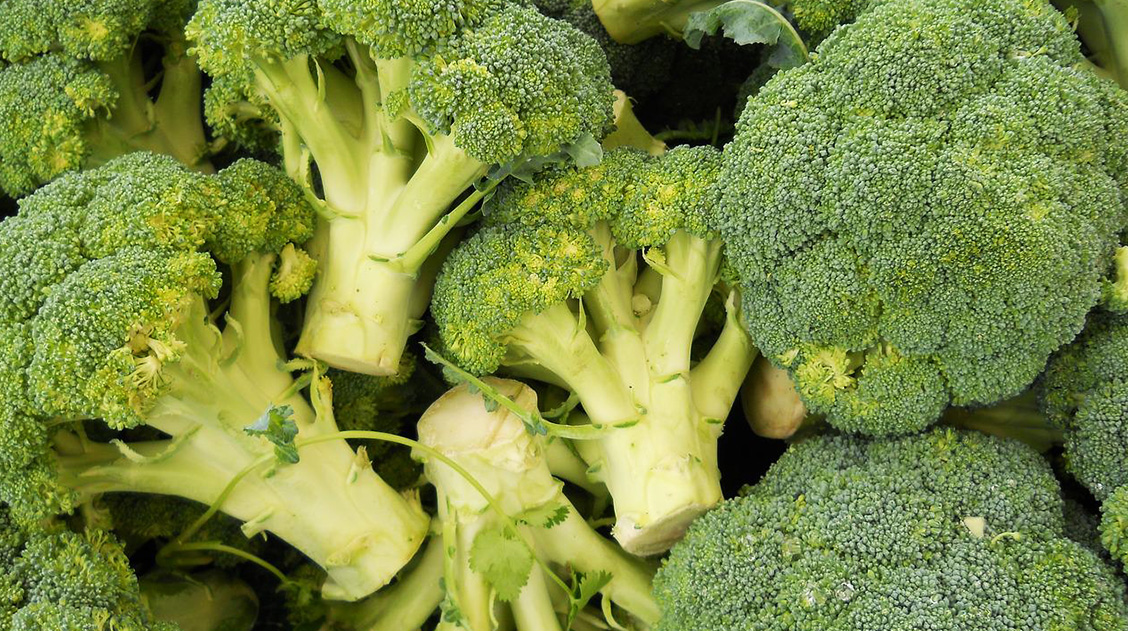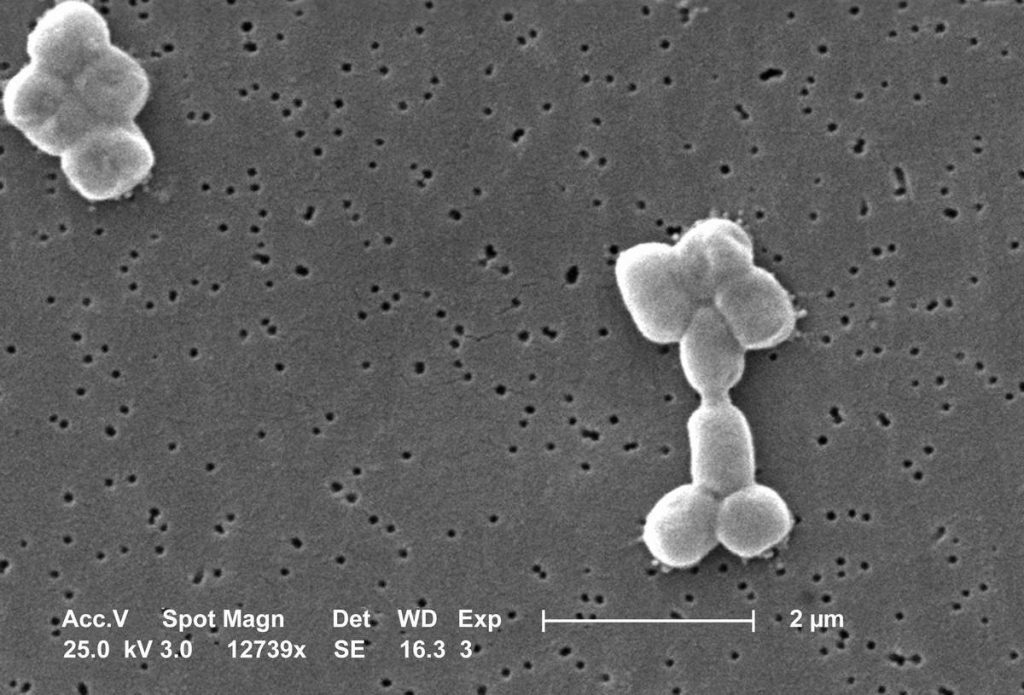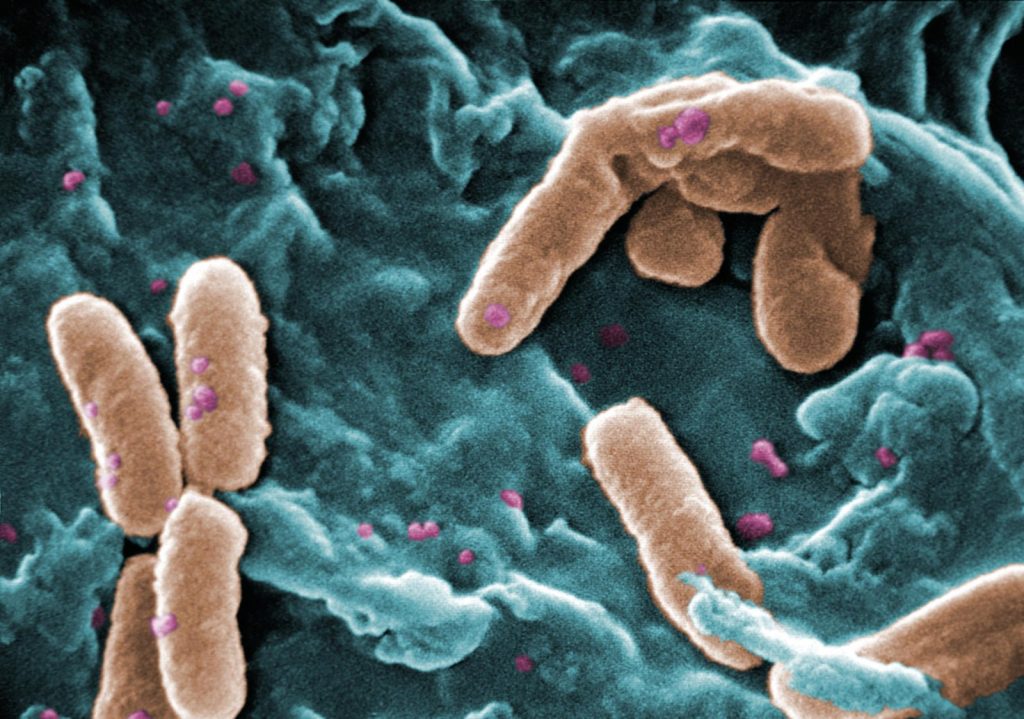
Research Reveals New Health Benefits of Broccoli
The scientific breakthroughs from MDPI research never fail to amaze us. Broccoli could be the answer to one of human health’s most concerning issues. Who would have thought?
It’s long been speculated that a compound known as DIM (scientific name 3,3′-diindolylmethane) could help fight against diseases. Found in broccoli, kale, cabbage, and other veggies, it’s been the subject of much anti-cancer research.
But now, an eye-opening new research study published in MDPI Pharmaceutics reveals how its properties can also help fight against deadly bacteria. Let’s take a closer look at these bacteria and how they affect the body.
Acinetobacter baumannii
It may look small and inoffensive, but Acinetobacter baumannii can cause a variety of dangerous symptoms. It can lead to urinary tract infections, wound infections, and sometimes even meningitis and pneumonia.
 The bacteria mostly affect those who are already vulnerable, such as soldiers injured in war, those with weakened immune systems, and those with illnesses that require extended time at the hospital or invasive action. Having this bacteria lurking around can, therefore, make already bad situations even worse.
The bacteria mostly affect those who are already vulnerable, such as soldiers injured in war, those with weakened immune systems, and those with illnesses that require extended time at the hospital or invasive action. Having this bacteria lurking around can, therefore, make already bad situations even worse.
Pseudomonas aeruginosa
To the untrained eye, this bacterium resembles a generic microbe. However, it’s a lot more sinister than that. It eats organic material, including inside the human body. If it manages to get inside, it can start damaging organs such as the kidney and the lungs. This often leads to mortality.
 Like the previous bacterium, Pseudomonas aeruginosa affects the most vulnerable people in society. It targets those who already have certain health problems, such as cystic fibrosis.
Like the previous bacterium, Pseudomonas aeruginosa affects the most vulnerable people in society. It targets those who already have certain health problems, such as cystic fibrosis.
DIM to the Rescue!
Remember DIM, the compound? The Pharmaceutics research reveals that DIM can disrupt the biofilm containing the harmful bacteria.
 Biofilms are sticky structures comprised of bacteria (along with other molecules) joined together in a matrix using extracellular sugars and proteins. An example of this is dental plaque.
Biofilms are sticky structures comprised of bacteria (along with other molecules) joined together in a matrix using extracellular sugars and proteins. An example of this is dental plaque.
The research states that DIM can break down these biofilms. If these biofilms are removed, there is a 65% – 70% chance of the disease being disrupted, and the patient returning to full health. When combined with antibiotics, this jumps to 94%.
What’s more, DIM had an overwhelmingly positive effect on wound health. Its introduction meant that wounds healed much more quickly than would otherwise be possible. But where does this miracle compound come from?
 Cruciferous vegetables, including broccoli, turnip, cabbage, horseradish, and bok choy all release the lifesaving compound when digested. It’s known around the world that these leafy vegetables are good for us. They are full of fibre, nutrients, and vitamins. Their ability to fight against threatening bacteria, however, has only just been discovered. This fantastic research is helping to save lives, as well as shaping how we view dietary requirements.
Cruciferous vegetables, including broccoli, turnip, cabbage, horseradish, and bok choy all release the lifesaving compound when digested. It’s known around the world that these leafy vegetables are good for us. They are full of fibre, nutrients, and vitamins. Their ability to fight against threatening bacteria, however, has only just been discovered. This fantastic research is helping to save lives, as well as shaping how we view dietary requirements.
The Potential of Broccoli
Author Prof. Kushmaro, of Ben Gurion University of the Negev, Israel, stated that, ‘Our findings show promise for other avenues of research in addition to known classes of antibiotics.’
The study also outlines an area for further study. In particular, the authors outline the need for research on the required dosage of DIM; what amount could be toxic, if any; and if people could become resistant to it. The end goal is to completely eliminate these infections and stop the associated suffering and casualties.
If you’ve been inspired by these findings and want to make your own mark, Pharmaceutics has plenty of space for high-quality research. You can explore our open Special Issues online.










